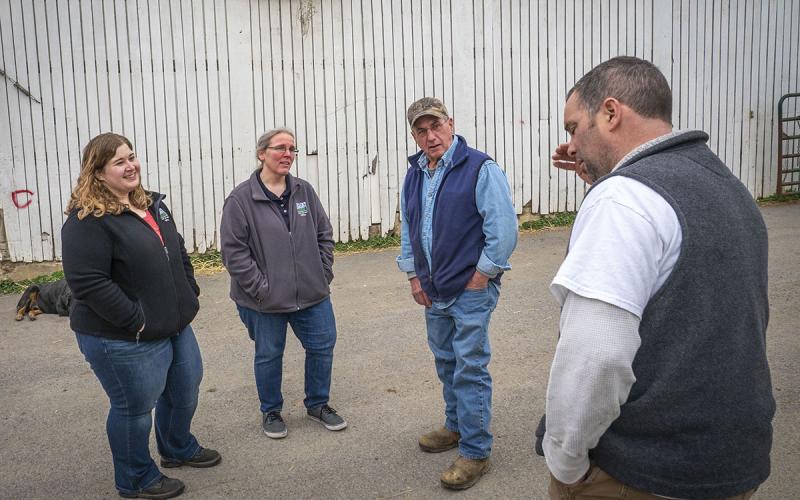This series of five articles is designed to educate readers about flooding and the associated activities to prepare for, respond to, and recover from flood events. These articles aim to enhance public awareness and understanding of flood hazards, preparation strategies, global perspectives, well restoration, and post-flood impacts by exploring different facets of flooding.
Readers are encouraged to explore all five articles in this series to understand flooding comprehensively. By educating themselves about the various impacts of floods on society and the environment and learning how to prepare for and respond to such events, individuals can better protect themselves and their communities from the devastating effects of flooding.
Series Articles
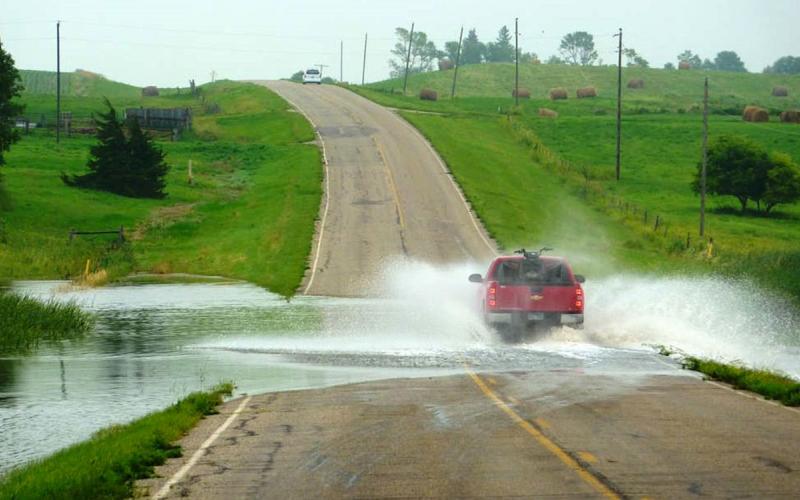
Understanding Flood Hazards in the United States

Flood Preparedness
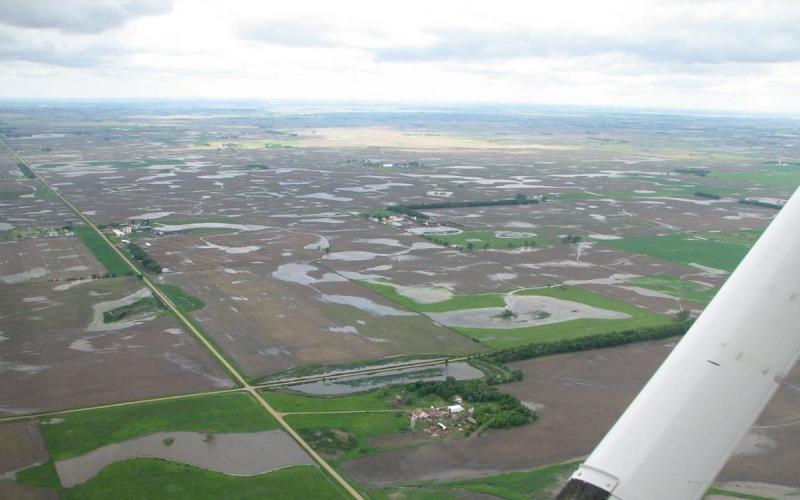
Global and U.S. Perspectives on Flooding
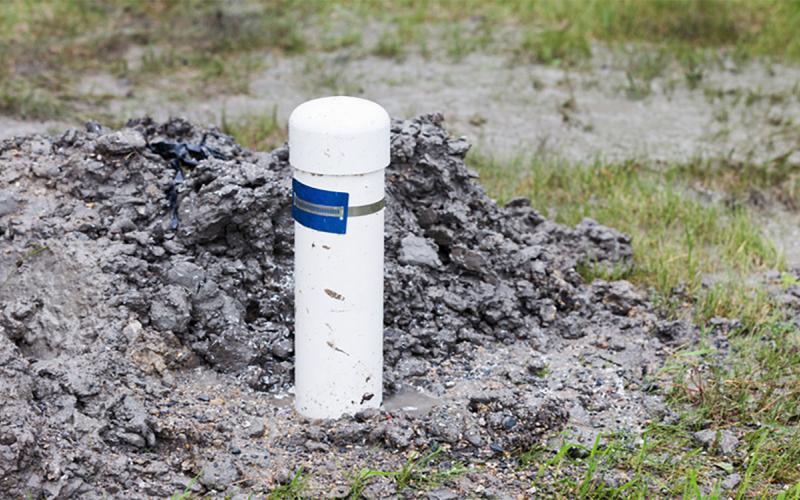
Restoring and Sampling Private Wells in South Dakota
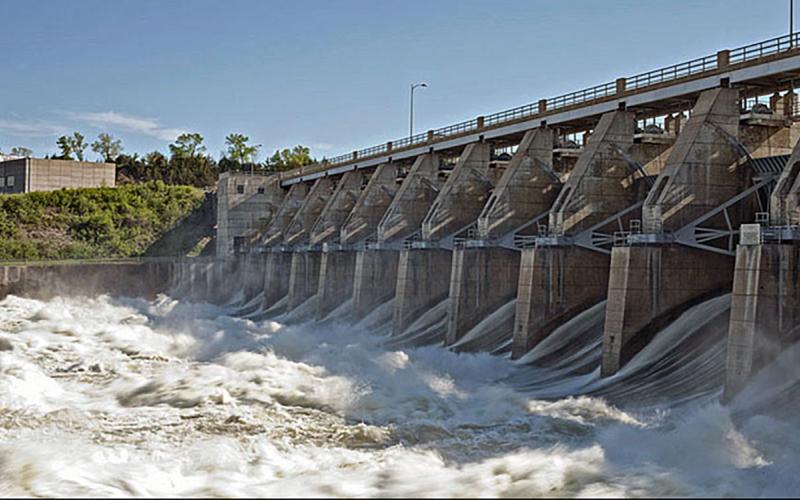
Where do floodwaters go and what do they leave behind?
